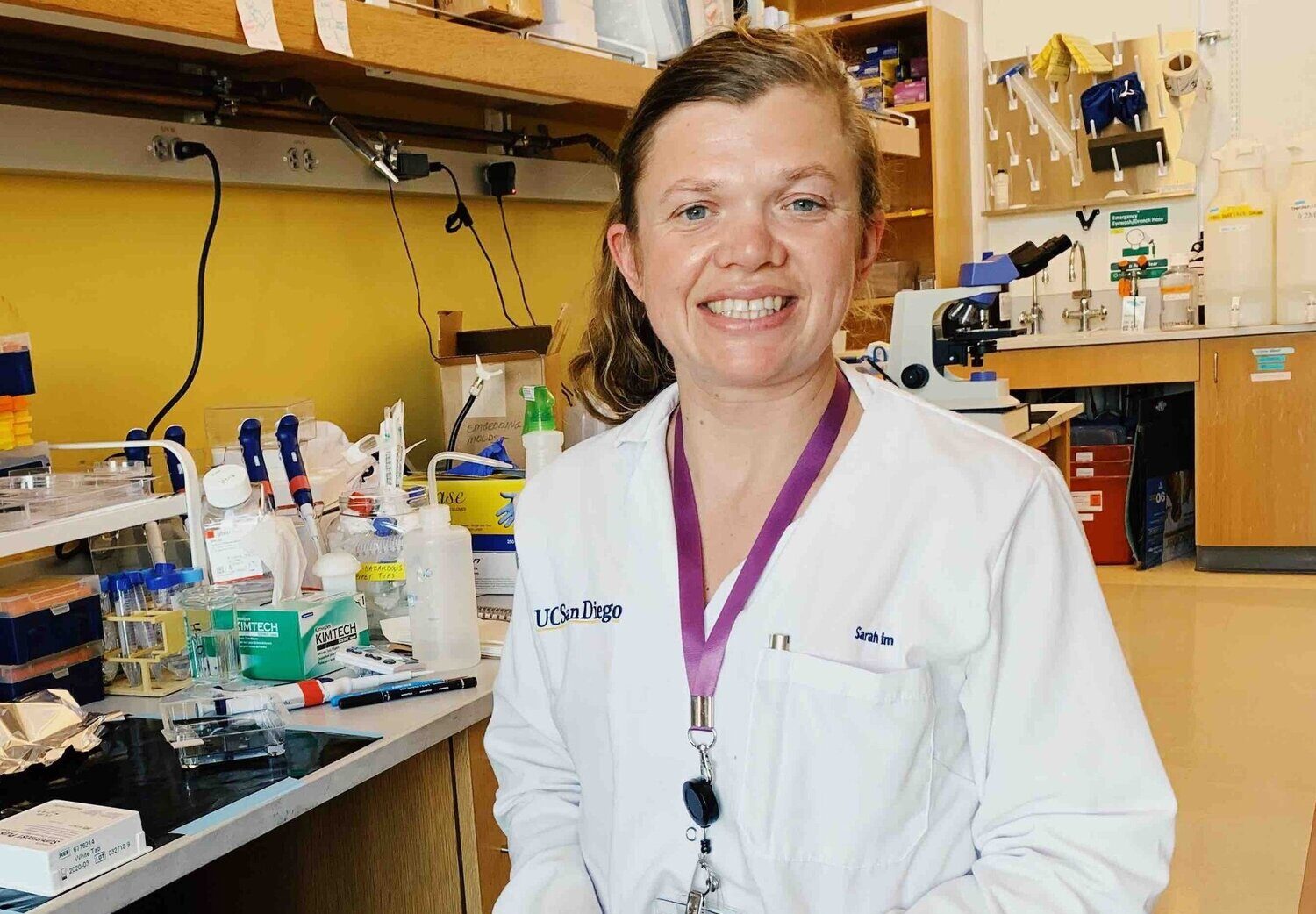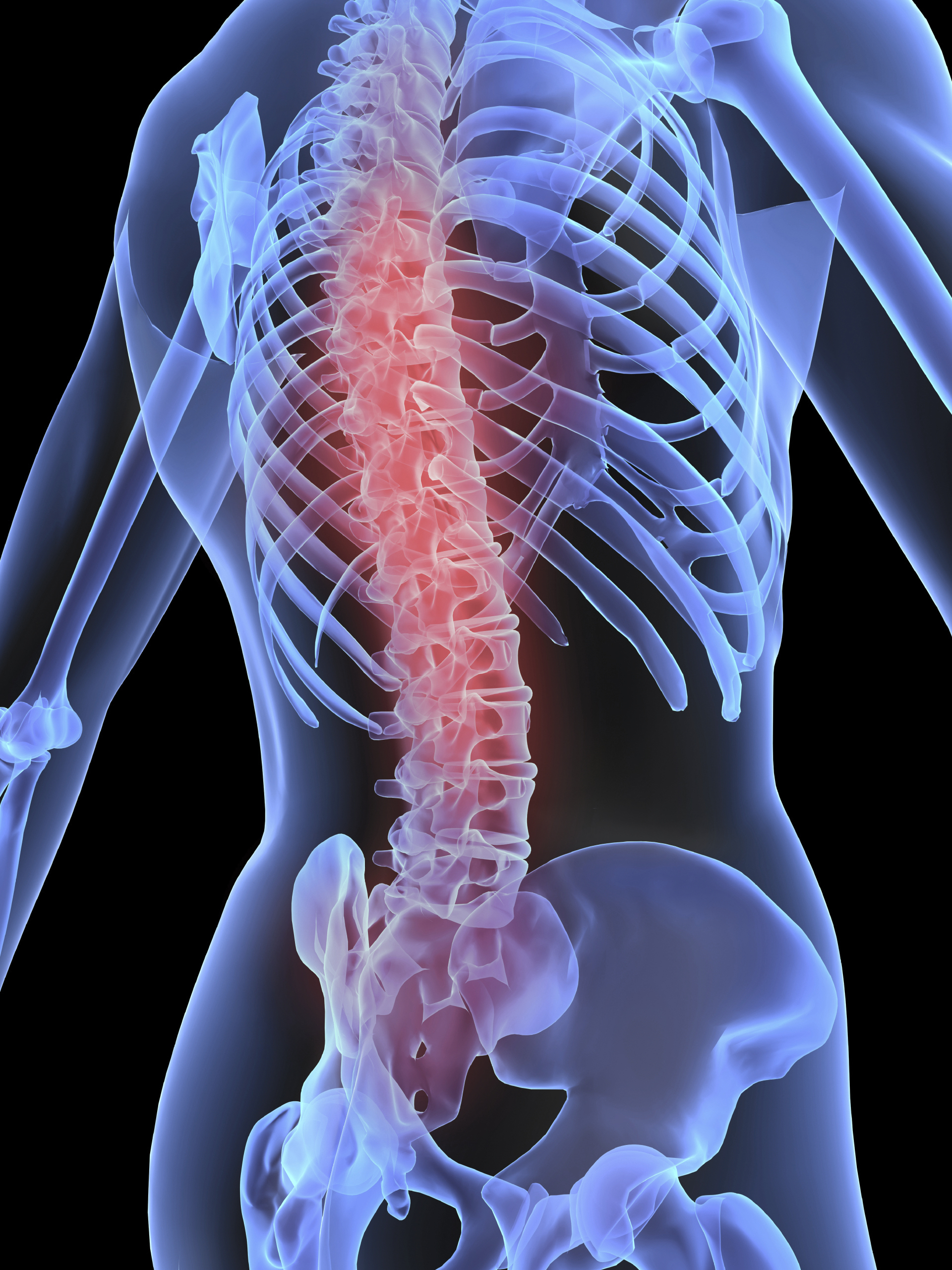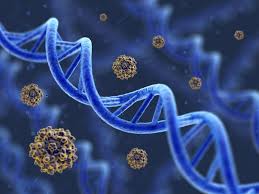Combinatorial pharmacological and biomaterial-based intervention after experimental spinal cord injury therapies to promote spinal cord repair

What you need to know
Institution:
Imperial College London
Lead researcher:
Prof. Simone Di Giovanni
Functional target:
Plasticity and Regeneration
Treatment type:
Pharmacological
- The cellular and molecular interactions in the spinal cord micro-environment are highly complex, many processes continue to remain poorly understood.
- Researchers have identified a small molecule called TTK21 which will be used to attempt regeneration in combination with a bioactive scaffold creating a bridge through the injury site after SCI.
- Researchers will study any biochemical changes as well as improvements in recovery.
In a nutshell
Following spinal cord injury (SCI), normal regrowth of injured nerve axons fails. (Adult nerves do not regenerate after SCI)
Researchers have recently discovered that a small molecule called TTK21, is associated with the growth of sensory and motor axons and promotes active new connections in chronic spinal cord injury. However, this molecule has some limitations. Unfortunately, TTK21 itself is not effective at promoting nerve growth across the lesion.
Using animal models, this study will exploit the growth potential of TTK21 via a biological scaffold which will bridge the injury site, and therefore allow neuronal regrowth across the lesion.
How this supports our goal to cure paralysis.
Ultimately, these studies aim to better understand the various molecular components which regulate neurons. By obtaining a more detailed understanding of the various biochemical processes, researchers hope to identify targets that can be used to promote repair and recovery after spinal cord injury.
Although current studies are performed using animal models, these biomaterials are already proven to be safe in humans, therefore they have the potential to be translated to humans to foster axonal growth and subsequent recovery of function.
You may also be interested in
Remodelling target-reinnervation following axotomy in a novel human brain organoid-spinal astrocyte-neuron network model

What you need to know
Institution:
Cambridge University
Lead researcher:
Dr. Andras Lakatos
Functional target:
Plasticity and regeneration
Treatment type:
Pharmacological
- Animal studies show promise in spinal cord injury recovery, but differences between animal and human spinal cords pose challenges in translating findings.
- Researchers have developed a “human brain-spinal cord in a dish” model which aims to mimic the complexities of the human nervous system.
- Using this model, researchers will focus on studying the intricate biochemical pathways which influence the formation of neuronal connections, which underpin muscle function, enabling recovery of function.
In a nutshell
Recent results from animal studies have been very promising, with some achieving axonal regrowth, demonstrating a potential for recovery of function following spinal cord injury. However, the spinal cord is significantly different in animals and humans due to the complexities of their anatomical structure, neural organization, and functional capabilities. This poses a significant challenge in translating research findings to humans.
To bridge this gap in translatability, a research team in Cambridge have developed a pioneering model that they are calling a “human brain-spinal cord in a dish”. The model aims to represent the complex cellular environment of the human central nervous system and will allow researchers to study how neuronal connections are made and identifying molecules that can be targeted to promote recovery of function. Researchers are particularly interested in a molecule called ephrin-B1 which interacts with other molecules such as STAT3 and TSP-1 to influence how neurons connect with one another. It is hoped that once researchers can better understand the intricacies of these neuronal pathways, they are able to identify new drug targets that can promote spinal circuit recovery following injury.
How this supports our goal to cure paralysis.
This project uses a human stem cell derived “model in a dish” to understand the complex neuronal pathways that are affected following spinal cord injury. Through investigating these pathways, researchers hope to identify relevant molecules that can be targeted by drugs. This can promote re-connections of neurons which are otherwise damaged as a result of spinal cord injury, re-establishing these lost connections is crucial for muscle function and movement.
Importantly, these experiments use a human model, results are therefore anticipated to be easily translatable to clinical trial stage and therefore quickly available to the spinal cord injury community.
You may also be interested in



